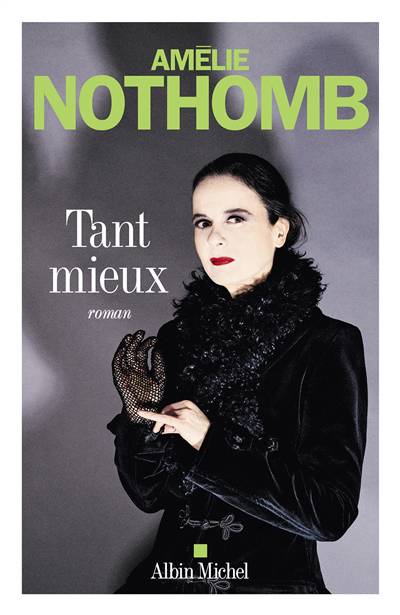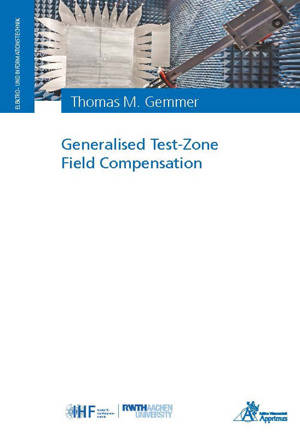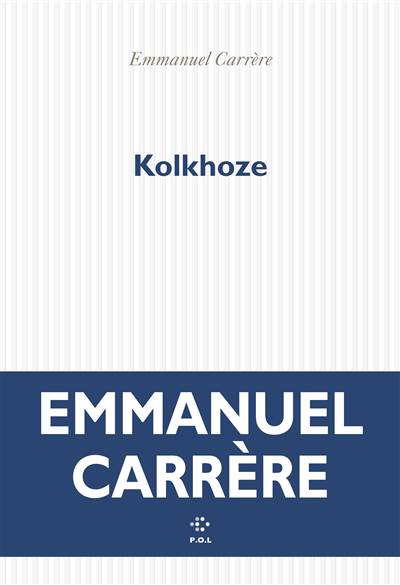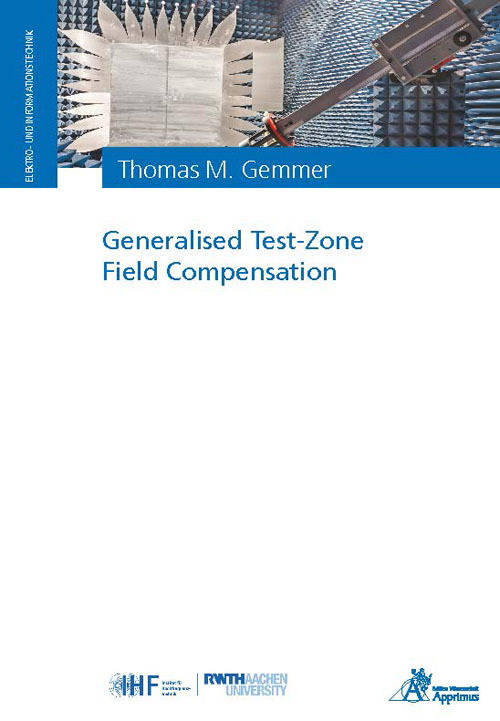
- Retrait gratuit dans votre magasin Club
- 7.000.000 titres dans notre catalogue
- Payer en toute sécurité
- Toujours un magasin près de chez vous
- Retrait gratuit dans votre magasin Club
- 7.000.0000 titres dans notre catalogue
- Payer en toute sécurité
- Toujours un magasin près de chez vous
Description
Antenna measurements are significantly affected by the environment. Therefore, the measurements are usually carried out in precisely constructed anechoic chambers which are covered with absorbers to create an interference-free and high-quality test zone. However, this is associated with high costs. Hence, intensive research is being conducted on echo reduction methods to be capable of performing antenna measurements with reasonable accuracy also in low-quality test zones. An accurate technique will consequently not only reduce the costs but also the complexity of the facilities as the performance of the absorbers and the alignment of the structures will not be crucial anymore. In addition, test ranges can be operated outside their specified frequency band where a highly distorted test zone is to be expected. To enable this, this thesis aims to further develop an efficient method, namely the so-called test-zone field (TZF) compensation which is capable of correcting undesired signals of arbitrary nature incident in the test zone.The method is composed of two steps: first, the TZF has to be sampled on a spherical surface to obtain the required information about the incoming field components. Second, with this knowledge, antennas under test (AUTs) can be fully compensated for the imperfections. The compensation technique is based on the spherical wave expansion and the corresponding decomposition of the AUT and the TZF measurements into spherical basis functions, the so-called spherical mode coefficients. To validate the TZF compensation technique experimentally, a highly reflective environment has been emulated within a compact antenna test range by installing a flat metal plate. As the AUT, a base transceiver station antenna is used which has been characterised with and without the metal plate at a frequency of 2.4 GHz. After applying the compensation technique to the distorted measurements, a reduction of the maximum error of approximately 20 dB has been achieved. The directivity could be retrieved with a difference of only 0.001 dB. Nevertheless, a measurement error remains and through a detailed uncertainty analysis, it has been determined that the retrieval accuracy is ±0.180 dB. Thereby, the error propagating from the TZF measurements to the compensation has been thoroughly analysed using metrological and simulative evaluation methods. The results ultimately prove that the scattering of the metal plate has been successfully and accurately compensated.
Spécifications
Parties prenantes
- Auteur(s) :
- Editeur:
Contenu
- Nombre de pages :
- 154
- Langue:
- Anglais
- Collection :
Caractéristiques
- EAN:
- 9783985550838
- Format:
- Livre broché
- Dimensions :
- 149 mm x 8 mm
- Poids :
- 293 g

Les avis
Nous publions uniquement les avis qui respectent les conditions requises. Consultez nos conditions pour les avis.






